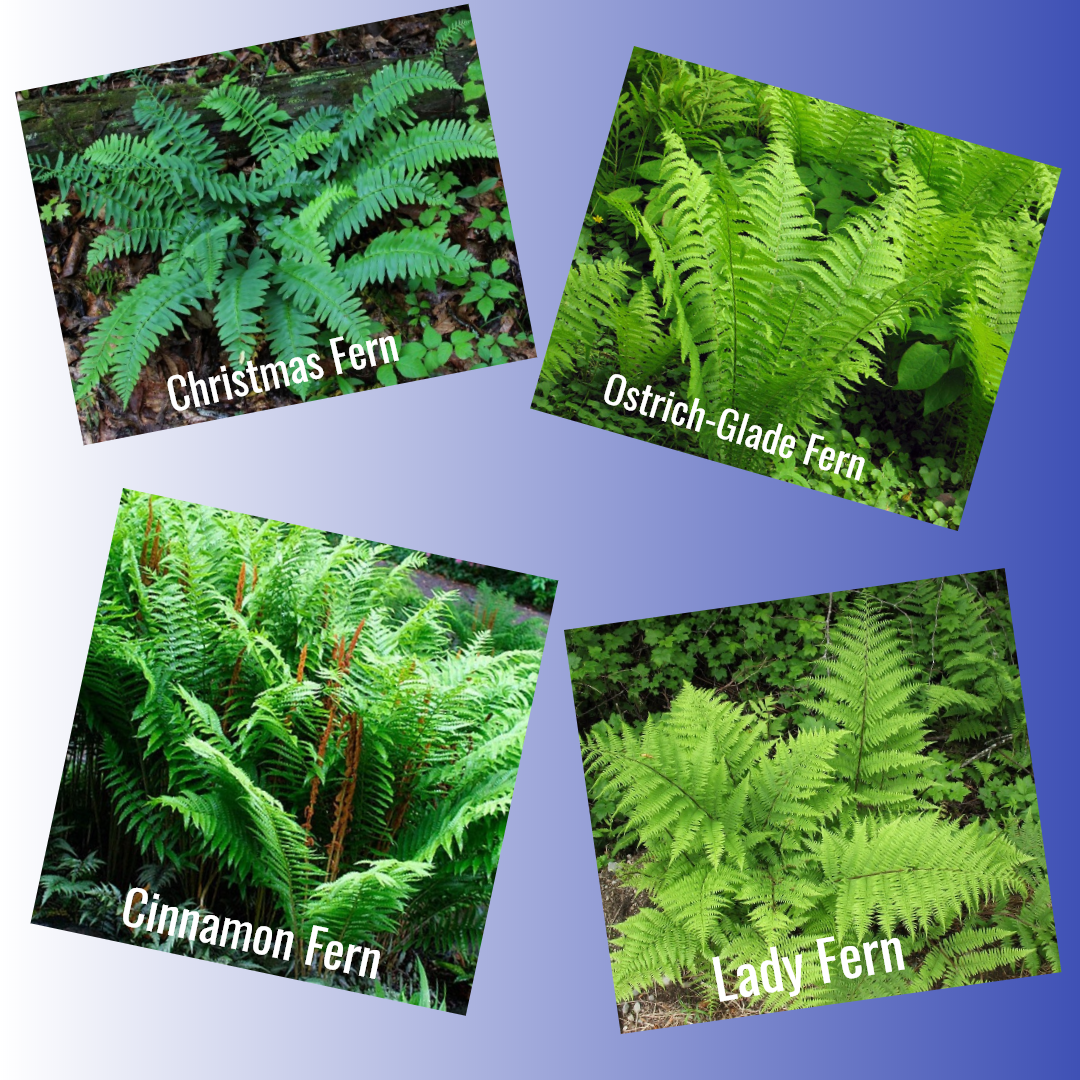21st Apr 2022
What Are the Best Ferns for Your Summer Gardens?
What's a Fern?
Everyone recognizes a fern, but what is it, and how is it different from other plants? While ferns are like other plants, they have roots, stems, and leaves, and they do not have flowers or seeds. They are vascular plants which means the tissues conduct water and nutrients, and ferns (Polypodiopsida or Polypodiophyta) reproduce by using spores. Fern leaves, called megaphylls, start as fiddleheads that unfurl into verdant green fronds. There are over 250 genres and 12,000 species of fern. They are also ancient. Fossils have shown some existed about 145 million years ago. Ferns appear in folklore and have been used for medicine and food, but they are known most for their ornamental contributions to natural settings, gardens, and floral arrangements.
Ferns make great borders or can provide excellent ground cover where you want to prevent erosion during rainstorms. You might even consider cutting your mowing time by replacing some grassy areas in your yard with ferns. They are great as backdrops or borders in woodland, traditional, or even rock gardens, and they do well on slopes and under trees. Ferns in containers make perfect decorative accents on your patio or porch, too, and you can take them indoors to enjoy during the coldest months. Several great native fern species will add lush beauty to your summer garden. New York, Marginal Wood, Maiden Hair, and Hay Scented are excellent choices for zones three through eight. Zones four through eight can choose Ostrich or Cinnamon Ferns. Two of our favorites are Lady Ferns and Christmas Ferns. Check here for your Hardiness Growing Zones.
Lady Ferns
Lady ferns (Athyrium filix-femina) make beautiful, colorful backdrops with lacy, graceful, textured fronds. The stems can be red, purple, or green and the vibrant green fronds turn yellow with the first frost. That's lots of color for one plant. These plants can reach between two and three feet and be 18 to 24 inches wide at maturity.
Because they usually are found in woodlands and meadows, they like those soil and moisture conditions most. They prefer sandy, humus soil that drains well, and you can create ideal conditions by adding compost or organic matter to your soil. They prefer partial to full shade and don't do well in full sun. If you have some shaded spots where you have trouble growing anything at all, lady ferns could be your answer. Once they are established, you can virtually ignore them. They like consistent watering but don't drown them. If they don't get enough water, they may turn brown and wilt, but they won't die. A little watering will bring them right back. Lady ferns do well in zones three through six. For zones, seven through nine, choose Southern Lady Ferns, which can withstand higher heat. All Lady Ferns prefer high humidity, so you'll need to use a mister if you bring some inside.
Lady ferns aren't usually bothered by pests, and after the first year, they are very hardy and even drought resistant. You don't need to do much to maintain them. After the first frost, you can trim away dead foliage, and new growth will appear in the spring. If you want to divide or replant them, do so in spring.

Christmas Ferns
Christmas Ferns (polytrichid or acrostidchoides) are native to the eastern United States and make an excellent choice for full shade or partial shade summer gardens. They are easy to grow and are usually not subject to pests. These plants not only last all summer and fall but are still typically around through December. They get their name because they are still green at Christmas time. Plant them anytime after the last frost. Please put them deep enough to protect the root and spaced about 18 inches apart. They like a well-drained soil rich in organic matter, and you can add some pine needles, leaves, or mulch on top for protection. Water once a week but don't over saturate. Most ferns, including Christmas Ferns, generally can withstand some periods of drought once they're established.
Christmas ferns do incredibly well on shaded hills and slopes, and unlike most species, they don't spread. Therefore, you never need to worry about disentangling them from other plants. This fern variety has dark green, leathery, spear-shaped blades with pointed tips. Each frond can grow up to three feet long and four inches wide. When clumps get too big, carefully divide them in the spring based on their root structure. You will probably want to separate them every three or four years to keep them healthy.
How to Design Landscapes with Ferns
If you've ever walked in the woods, you've seen how ferns add beauty to the natural landscape, yet many home gardens lack them. Ferns can add color, texture, and dimension to your yard, gardens, lawn, and landscaping. Add them to other shade lovers like bleeding hearts, hosta, and caladiums. Use taller ferns to create visual enclosures or backgrounds for flower gardens. Use shorter varieties along pathways, around rocks, and at the front edge of multi-height gardens. If you struggle to maintain or mow areas of your yard, take the grass out and fill the space with lush green ferns. Shorter varieties work especially healthy here. How you choose to use them and whichever types you like, ferns are a significant but often overlooked addition to your home's outdoor space. In addition to adding beauty, they help the environment by preventing erosion and producing oxygen.

